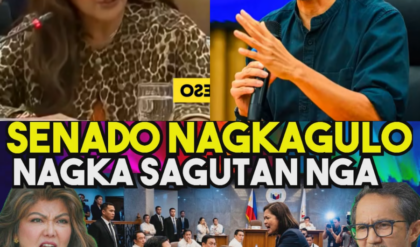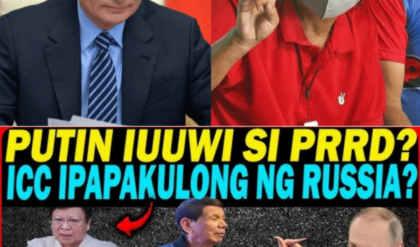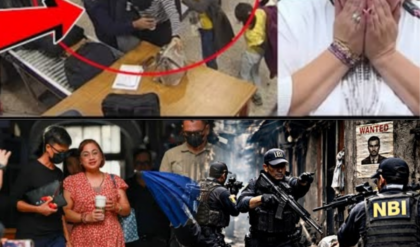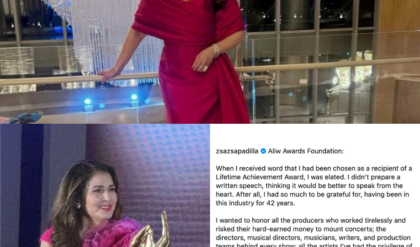A highly anticipated meeting between US Secretary of State Marco Rubio and his Russian counterpart, Foreign Minister Sergei Lavrov, has been put on hold, according to sources at the White House who spoke with CNN. This diplomatic delay signals persistent, deep-seated disagreements between the two global powers, particularly concerning the protracted conflict in Ukraine, and casts a shadow of uncertainty over a potential follow-up summit between the two nations’ leaders.
The bilateral consultation, which had tentatively been penciled in for October 23rd, was viewed by many diplomatic observers as a crucial preparatory step. The intended goal was to smooth the path for a subsequent, more significant summit between US President Donald Trump and Russian President Vladimir Putin in the Hungarian capital, Budapest.
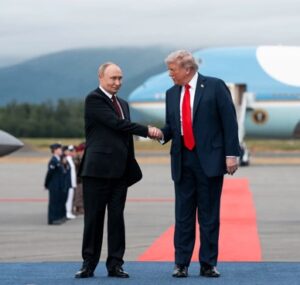
Shifting Sands and Stalled Momentum
This scheduled high-level engagement was meant to build upon the momentum—or perhaps, address the diplomatic gaps—left following the August encounter between the two Presidents in Alaska. That earlier meeting, widely covered and scrutinized, had seemingly established a tentative channel for continued dialogue. However, the postponement of the foreign ministers’ discussion suggests that the post-Alaska optimism may have been premature, hitting a wall of intractable policy differences.
While the White House has yet to offer an official, concrete explanation for the deferral of the Rubio-Lavrov talks, an anonymous source familiar with the negotiations indicated the primary hurdle is directly tied to the starkly divergent viewpoints held by Washington and Moscow on the necessary conditions for concluding the Russia-Ukraine conflict. This core issue, which has fundamentally reshaped the geopolitical landscape of Europe, remains the single most obstructive element to normalizing relations or achieving any significant détente.
The source elaborated that recent exchanges between the two top diplomats revealed an uncomfortable truth: Moscow has shown little to no willingness to significantly scale back its established demands or prerequisites for a cessation of hostilities. In the face of this inflexibility, the American Secretary of State found himself in a difficult position. The assessment was reportedly made that it would be diplomatically unviable for Rubio to recommend proceeding with the meticulously planned Trump-Putin summit, given the current state of deadlock at the foreign minister level.
Other insider accounts suggest that while the meeting is postponed, the diplomatic channel is not entirely closed. There is an expectation that Secretary Rubio may yet reach out to his Russian counterpart for a renewed discussion sometime within the current week, indicating an effort to keep the lines of communication open, even as the formal, face-to-face preparations stall.
The Budapest Blueprint: A Summit in Limbo
The possibility of a Trump-Putin meeting in Budapest was first publicly floated following a telephone conversation between the two leaders on October 16th. This call marked the first direct communication between President Trump and President Putin since the Alaska summit nearly two months prior. Following the discussion, President Trump alluded to the potential for a summit in Hungary.
Should this event eventually take place, its symbolism would be immense. It would mark President Putin’s first appearance in the capital of an European Union (EU) member state since Russia’s full-scale military offensive began in Ukraine in February 2022. Such a meeting would not only be a diplomatic feat in itself but would also test the cohesion of the EU, which has largely maintained a unified front in its policy of sanctions and isolation against the Kremlin. The choice of Budapest, given the somewhat complex and occasionally contrarian relationship Hungary has maintained with its EU partners regarding sanctions on Russia, would undoubtedly add another layer of intrigue and complexity to the proceedings.
The sequence of recent diplomatic activity is particularly noteworthy. The call between Trump and Putin occurred just prior to a critical visit to Washington by Ukrainian President Volodymyr Zelensky. President Zelensky’s primary objective for his trip was highly specific and urgent: to directly lobby the US administration for the provision of Tomahawk long-range cruise missiles to Kyiv.
Ukraine’s Looming Shadow: Security and Strategy
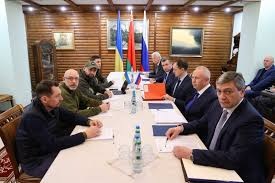
The geopolitical entanglement of the planned US-Russia talks, the postponement, and President Zelensky’s visit underscores the centrality of the Ukraine conflict in current global diplomacy. The core sticking point—Russia’s demands—is directly at odds with the security aspirations of Ukraine and the policy objectives of the United States.
The potential delivery of Tomahawk missiles, a system with significant strategic depth and strike capability, would mark a major escalation in the type of military aid provided to Ukraine. For Kyiv, these weapons represent a vital deterrent and a capability needed to target high-value logistical and command nodes deep behind the front lines. For Moscow, such a transfer would undoubtedly be viewed as a serious provocation, further hardening their negotiating stance.
The interconnected nature of these events—the Zelensky visit focusing on advanced weaponry, the hardline stance reiterated by Lavrov, and the subsequent delay of the Rubio-Lavrov meeting—paints a picture of two major powers fundamentally unable to bridge the chasm that has opened between them. Diplomatic maneuvering continues, but the core strategic impasse remains unresolved. The postponement is not merely a logistical hiccup; it is a clear indicator that the high-stakes diplomatic ice remains thick, requiring a thaw that neither side appears immediately willing to initiate.
The path to a presidential summit in Budapest—and indeed, the path to any meaningful de-escalation in the wider region—now looks significantly more arduous, resting precariously on whether the foreign ministers can, in the coming weeks, find a minimal foundation of common ground to justify the presidents’ next handshake. Until then, the planned meeting remains a stark symbol of unyielding geopolitical realities.
